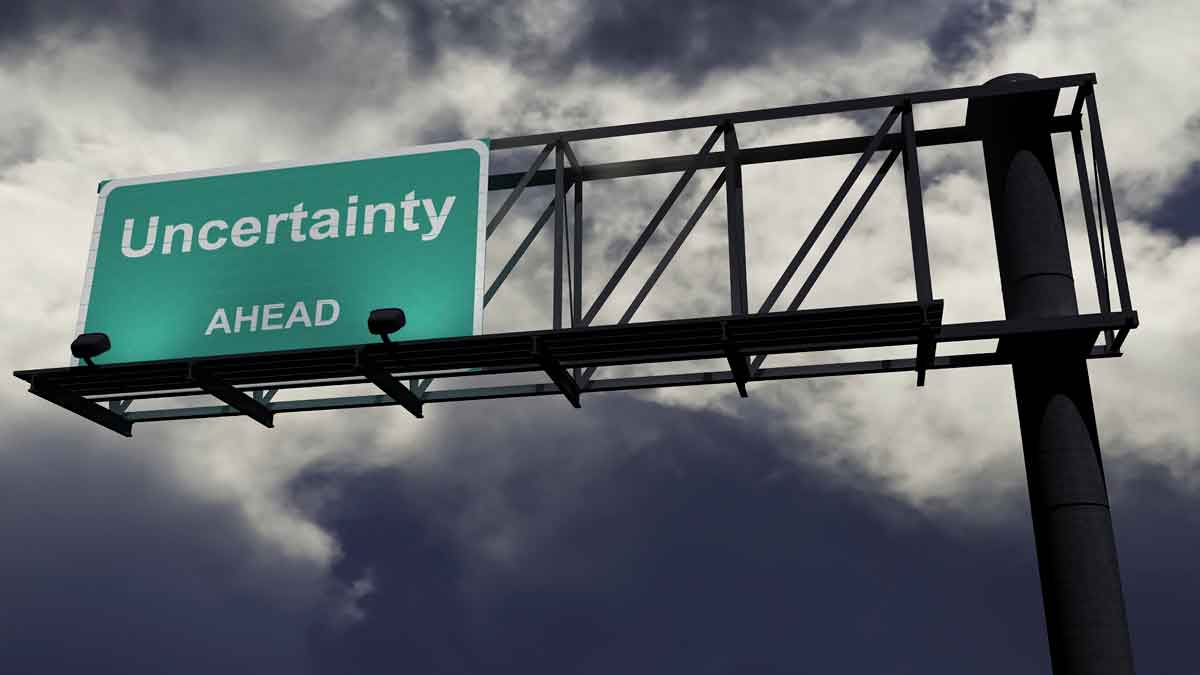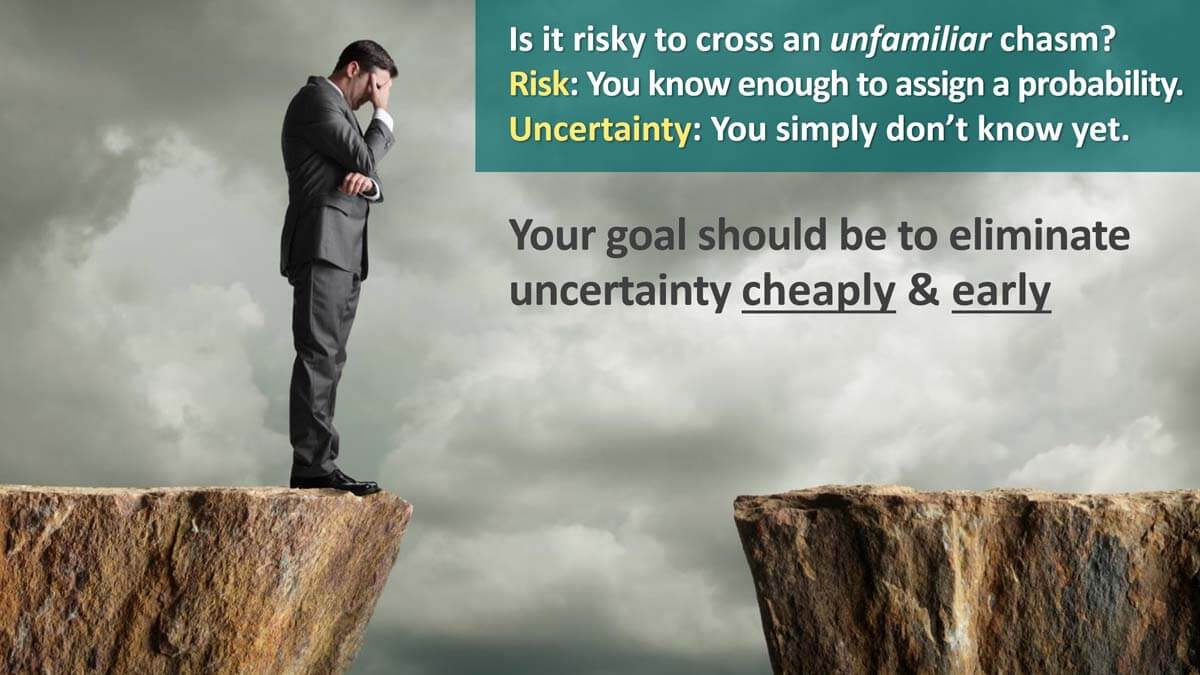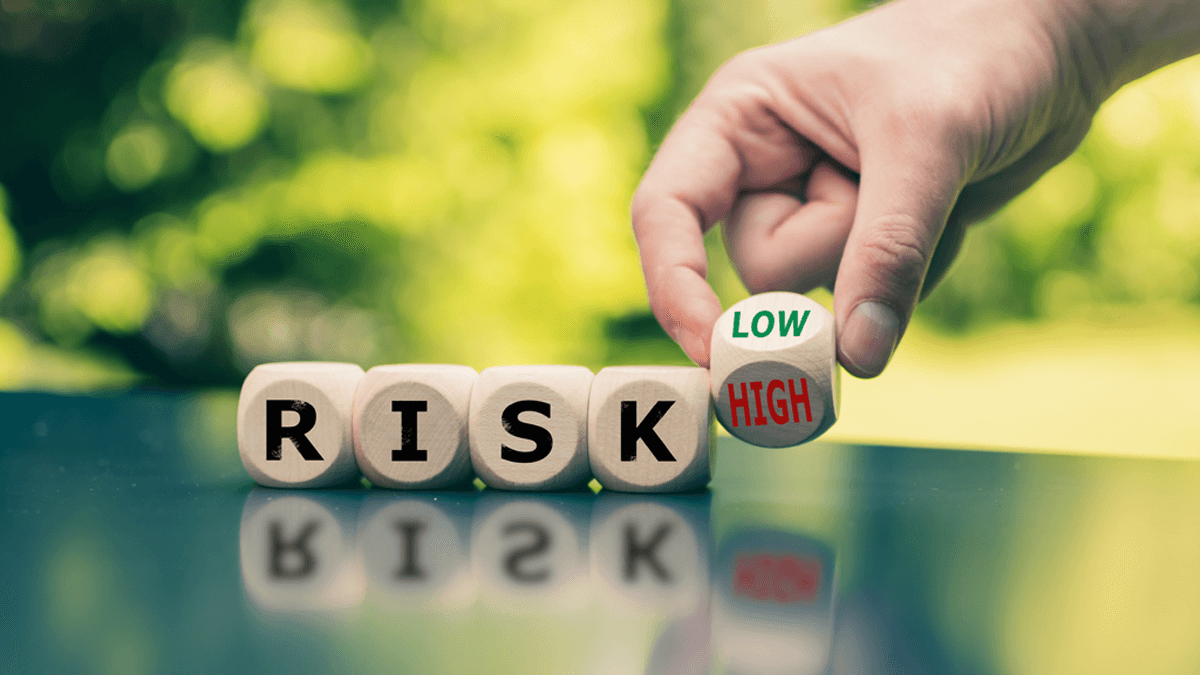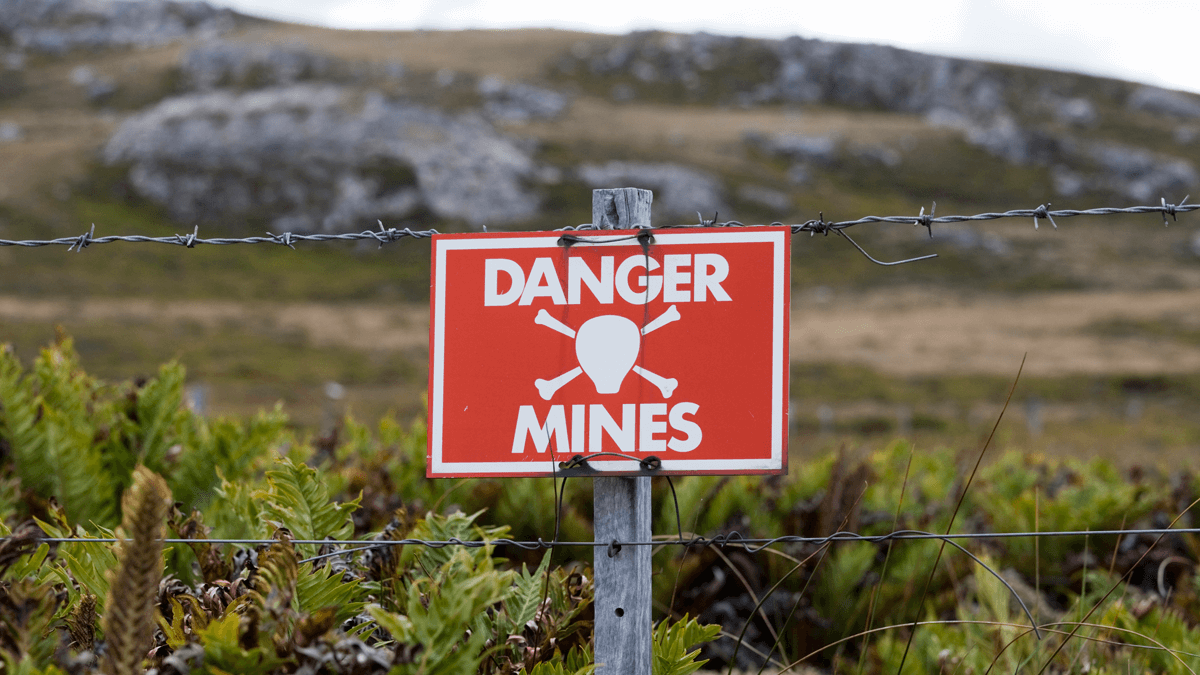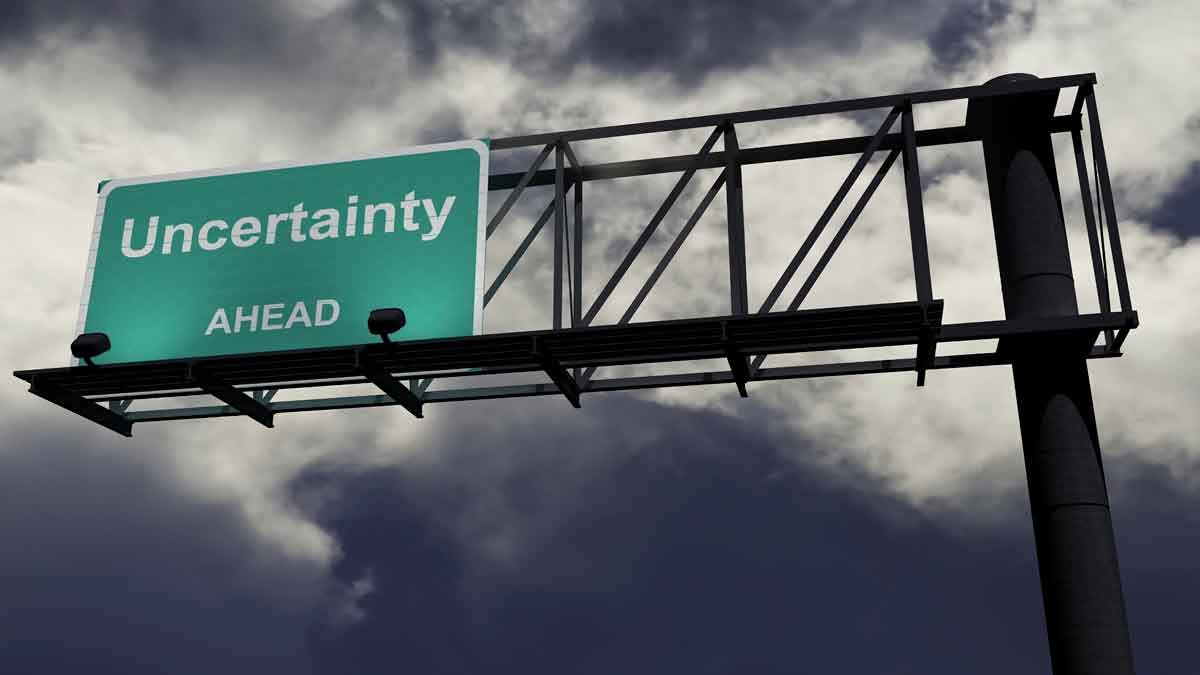With a high-certainty project, you can accurately predict your financial profits. With an uncertain project, you face significant potential downside and upside profits. In B2B markets, you can understand the downside very early. You’ll kill the project cheaply if the downside cannot be eliminated. And reap big upside profits if it can.
More in white paper, Innovating in Unfamiliar Markets (page 5)
If you’re asked to cross an unfamiliar chasm, would it be risky? Hard to say. Until you learn if you’ll face a bridge or a tightrope, you can’t assess risk (probability). You’re just uncertain. Many companies fear risk in an unfamiliar market, when they should map out a plan to reduce uncertainty. This is especially easy to do in B2B markets.
More in white paper, www.UnfamiliarMarkets.com (page 2)
You’ll have much better project reviews if they understand this difference. You can only assign a level of risk if you know the probability of an unfavorable event, e.g., 40% chance of a thunderstorm. It’s pointless—even misleading—to assign probabilities of success, net present values, and so forth in a project’s early phase. That comes later, after your team drives dozens of assumptions from uncertainty to certainty. The methodology for doing this isn’t difficult: Check out this 2-minute video at Why risk and uncertainty are different.
More in video, Project de-risking with Minesweeper® software
If your big project is successful, it will be because the assumptions it rested on were true. But when you start your project, you don’t know what is and is not true. Think of 4 factors in descending certainty: 1) Facts (we know what we know.) 2) Assumptions (we know what we think.) 3) Questions (we know what we don’t know.) 4) Surprises (we don’t know what we don’t know.) To “de-risk” your project, lay these out at the beginning of your project… and then drive each from uncertainty to certainty.
To see how this is done, view the video at Project De-risking with Minesweeper
You know this 2×2 matrix: Projects in familiar markets & technologies are in the lower-left corner… the “core.” Most companies think projects outside this core are “risky.” But you can’t assign a level of “risk” because that requires assigning a probability of failure. And you simply don’t know enough to do this. All you can say is you are “uncertain.” Good news: Uncertainty can be resolved by laying out all your assumptions and investigating each to drive it to certainty.
To see how this is done, view the video at Project De-risking with Minesweeper
A project landmine is something that blows up budgets, schedule and reputations. No one steps on one they can see. So why don’t we look for them harder and earlier in a project life? Because we’ve been conditioned to think that killing our project equates to failure. Instead, we should identify areas of uncertainty as early as possible. Celebrate when you kill your own project swiftly… and celebrate when you try hard and are unable to kill it.
View video, De-risking Transformational Projects
I’ve seen many new-product teams foiled by organizational turmoil: A travel ban blocks customer meetings… Spending freezes delay critical work… A reorganization creates uncertainty until the “dust settles”… New initiatives overshadow their project… Key team members are given new assignments. Success requires persistent focus.
More in article, The Inputs to Innovation for B2B
Many ventures try to create new products or services under conditions of market uncertainty. This is a huge challenge for B2C. But uncertainty does not exist in the minds of most B2B customers… who have great knowledge, interest, objectivity and foresight. If you know how to access this, your supplier uncertainty will plummet.
More in white paper, Lean Startup for B2B (page 12).
With a high-certainty product project, you can accurately predict your financial profits. With an uncertain project, you face significant potential downside and upside profits. In B2B markets, you can understand the downside very early. You’ll kill the project cheaply if the downside cannot be eliminated. And reap big upside profits if it can.
You can methodically strip away uncertainty and de-risk your projects. This is done through a four-step process that combines Discovery-Driven Planning with New Product Blueprinting. Learn more in this white paper, Innovating in Unfamiliar Markets (page 5).
If you’re asked to cross an unfamiliar chasm, would it be risky? Hard to say. Until you learn if you’ll face a bridge or a tightrope, you can’t assess risk (probability). You’re just uncertain. Many companies fear risk in an unfamiliar market, when they should map out a plan to reduce uncertainty. This is especially easy to do in B2B markets.
More in white paper, Innovating in Unfamiliar Markets (pages 2-3).


